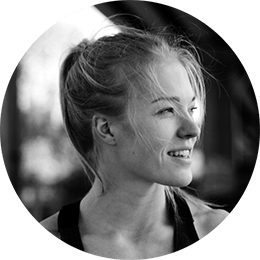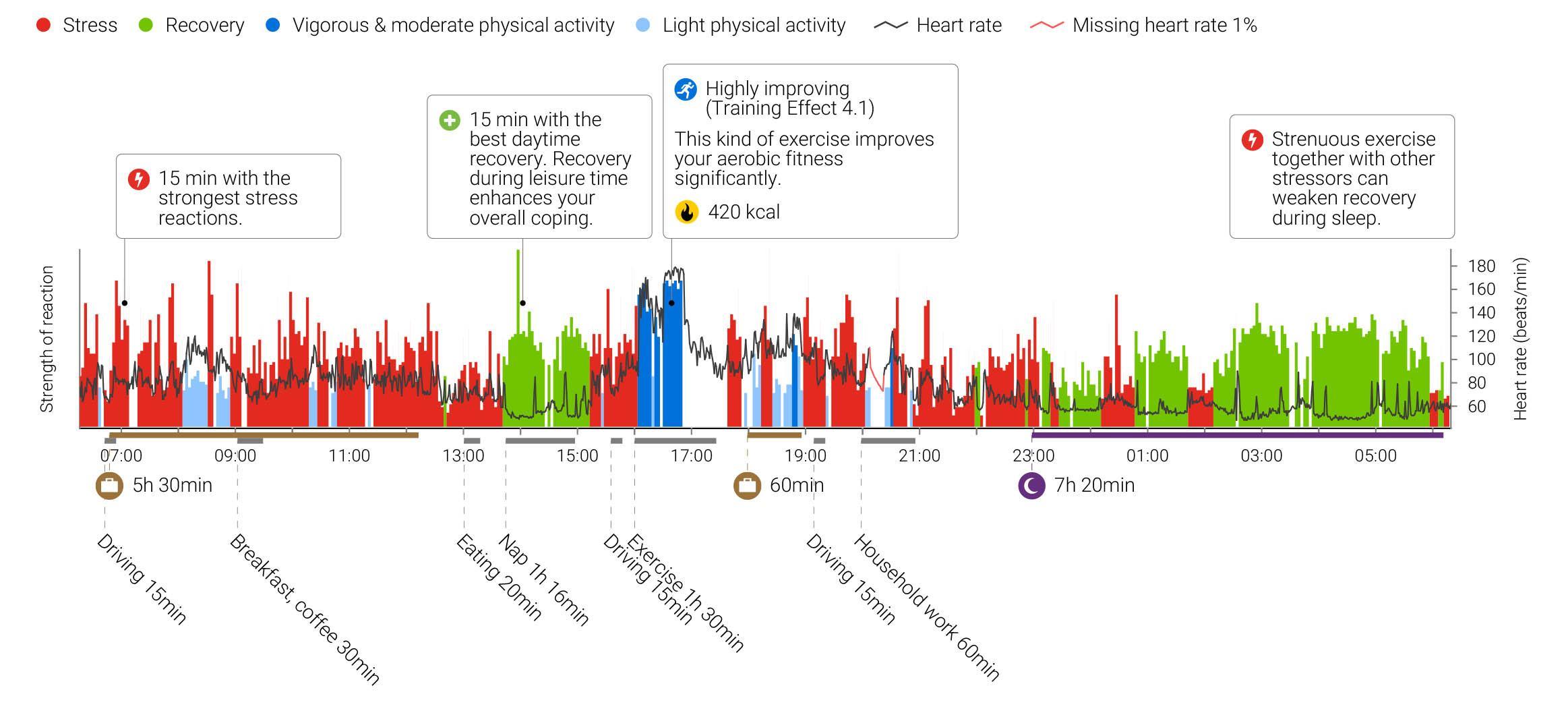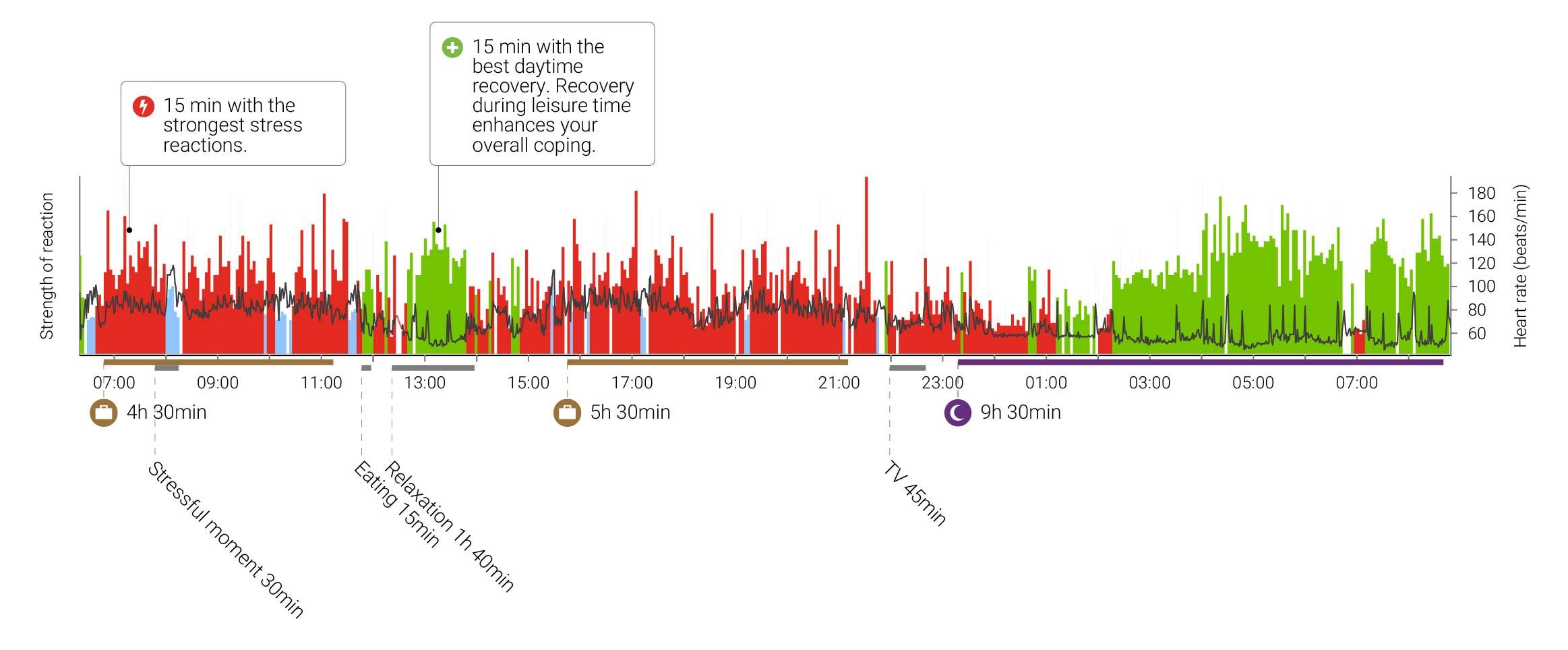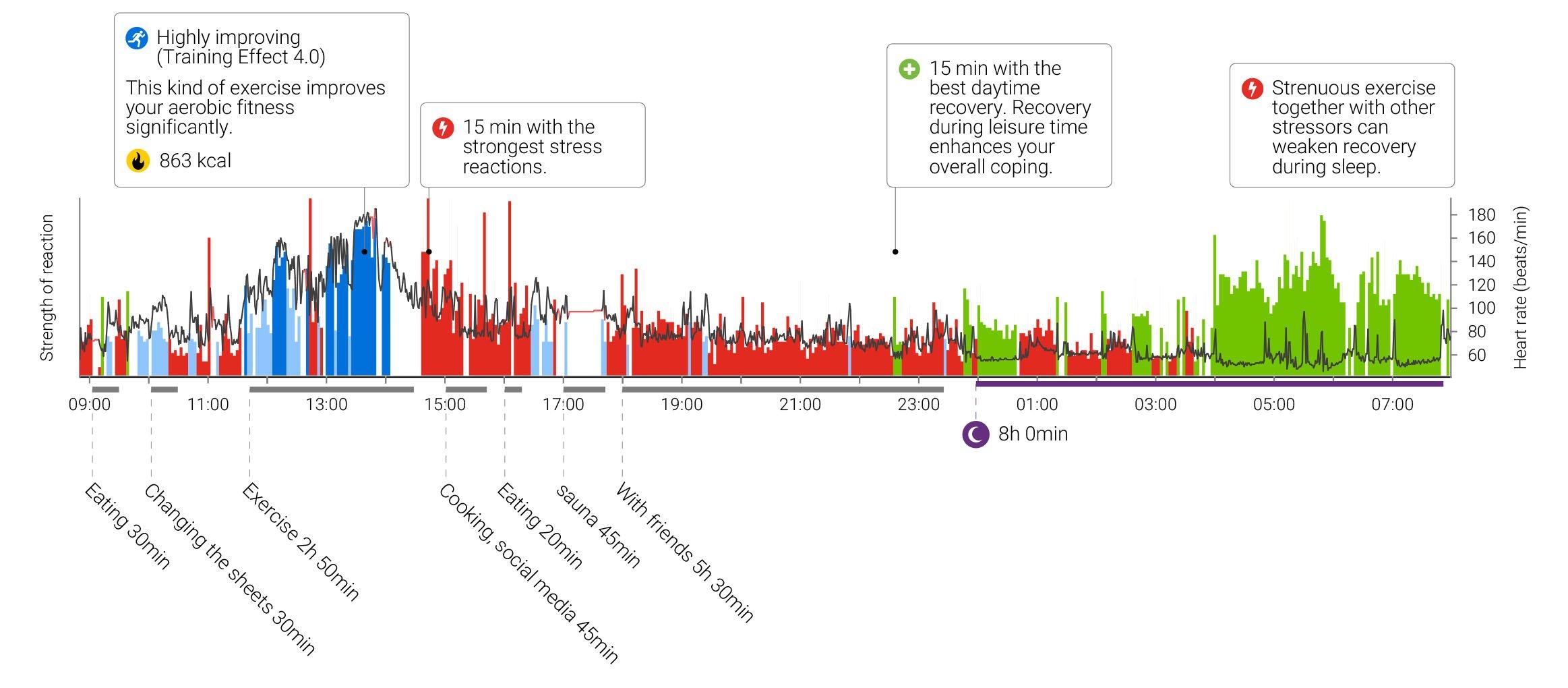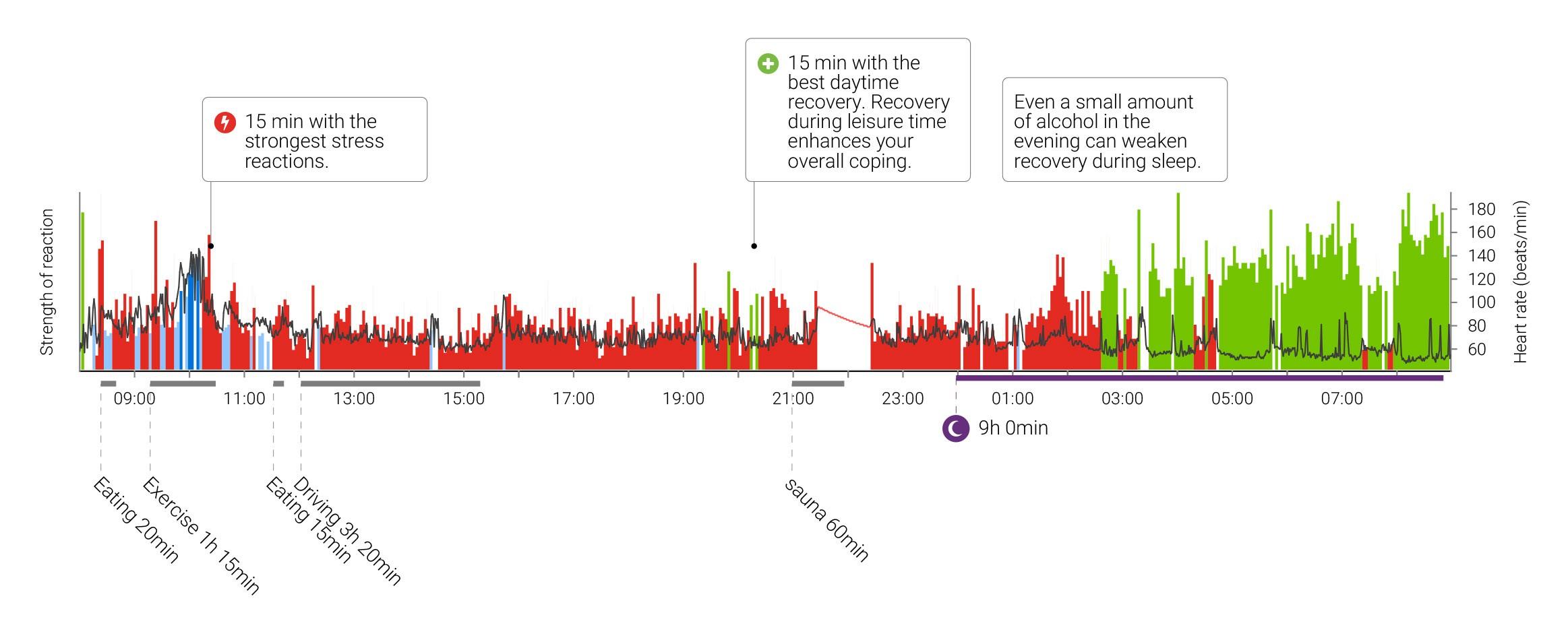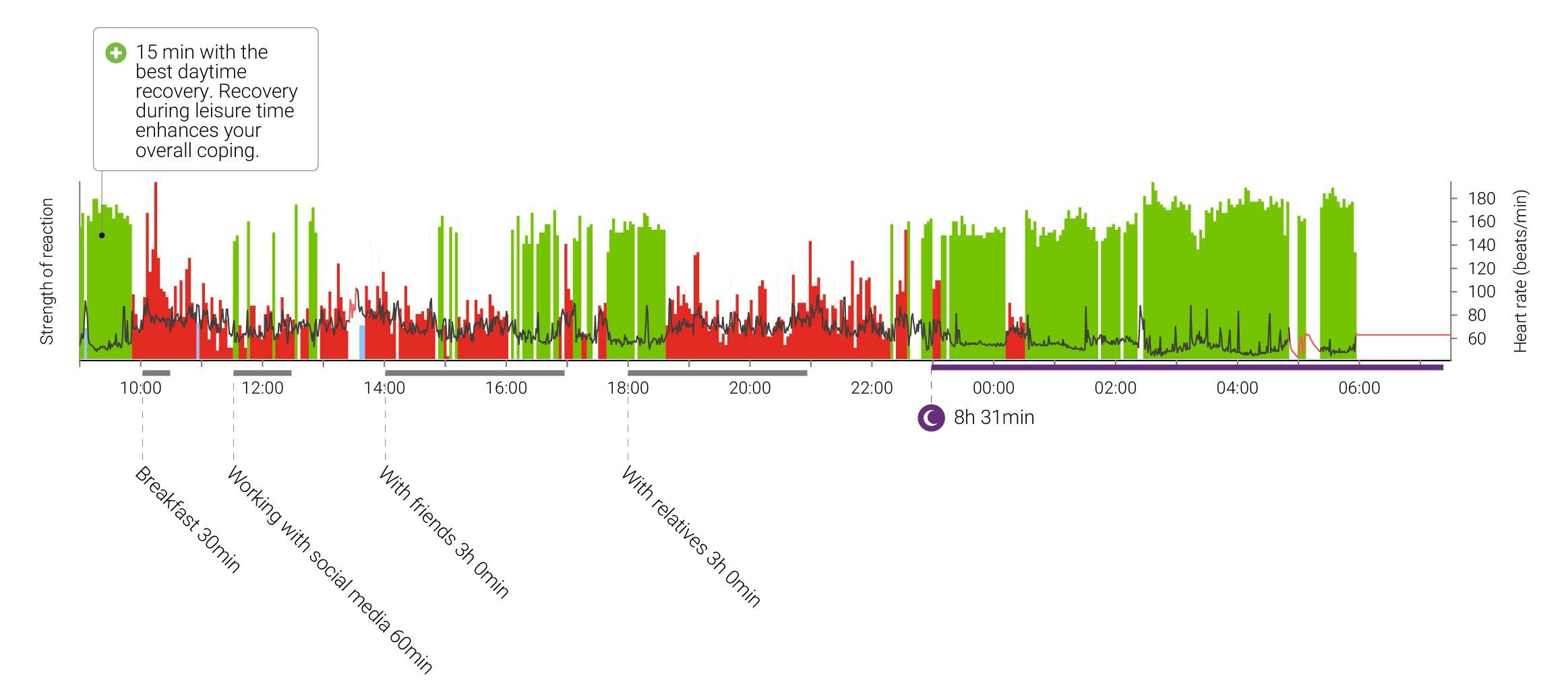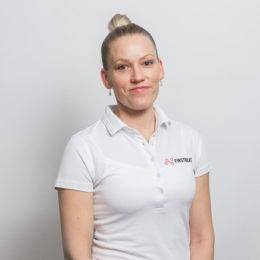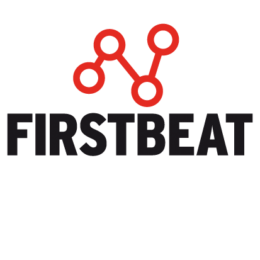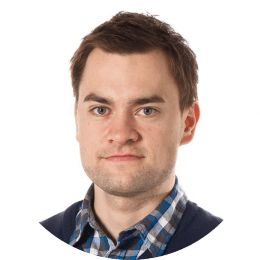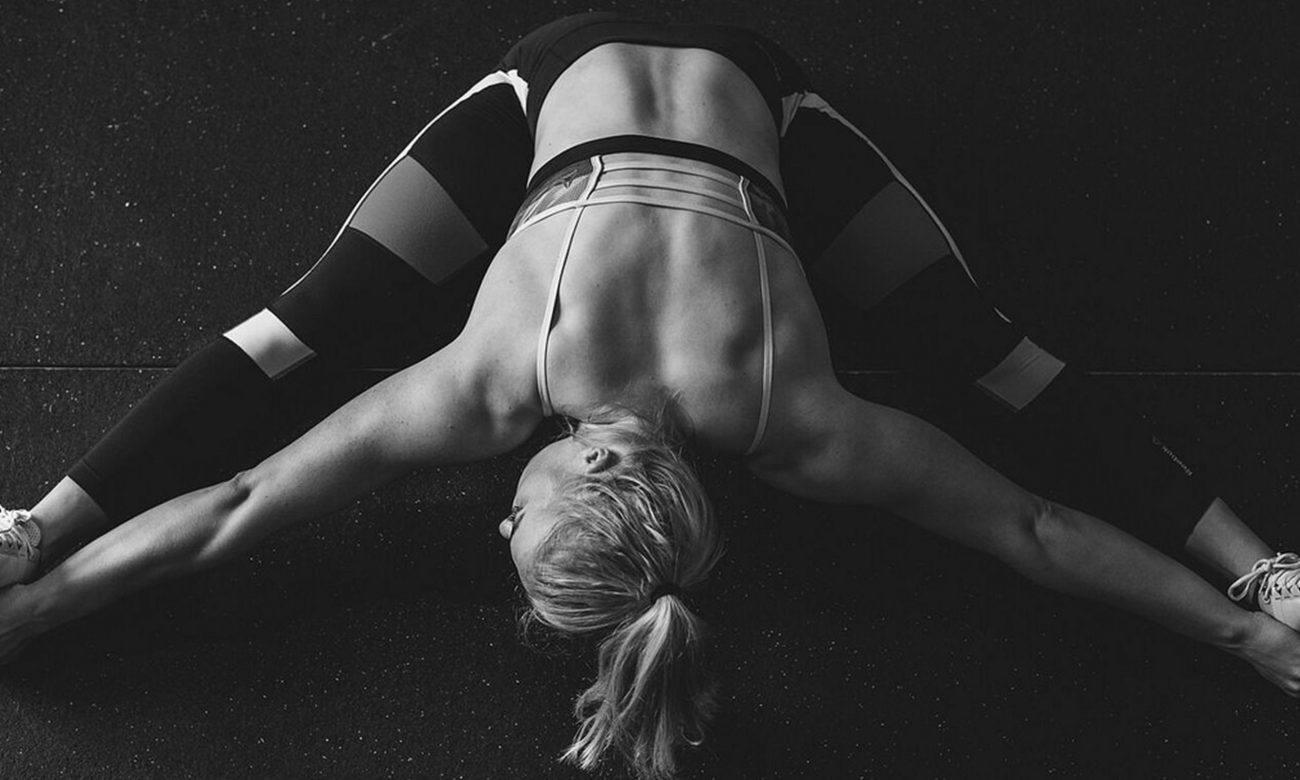
Hi there! I’m Laura Hämäläinen, a 24-year-old blogger, CrossFit athlete, entrepreneur and physiotherapist from Lahti, Finland. I live and breathe CrossFit, a sport that is also my full-time job. I’m one of the three owners of CrossFit Lahti, so at the moment I’m balancing between my work, training, blogging and social life. In addition to make a living with CrossFit, I aim to be one of the top 10 female CrossFit athletes in Finland next year. I believe that dreams can come true with tough grind and proactive attitude. Dream big, achieve even bigger!
In early spring, after participating in national CrossFit’s Winter War competition, I came across some problems. Then I decided to take a deeper insight in to my well-being by using the Firstbeat Lifestyle Assessment, a multi-day around the clock heart rate variability analysis providing a profile on lifestyle issues that support or hinder well-being and assists in finding the reasons behind stress or weak recovery. The results of Lifestyle Assessment were surprising and predictable at the same time, however most importantly, the examination of the assessment helped me to see the perspective of my day to day life activities in terms of stress, sleep and training rhythm.
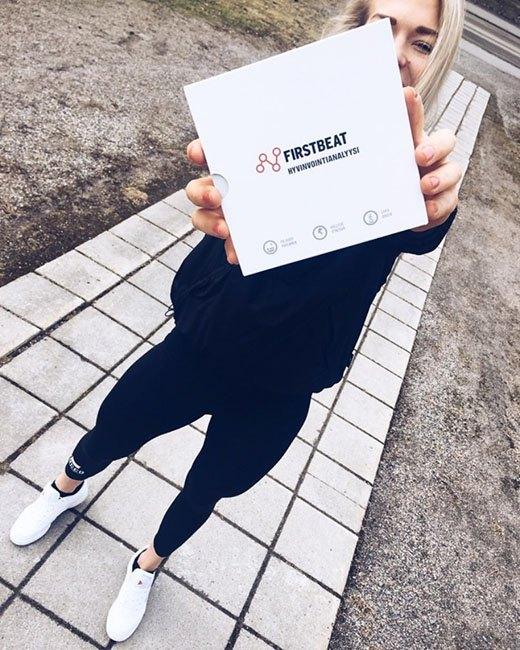
On the first measurement day, I have started work from 7am till 11am and then late in the evening for an hour from 6pm till 7pm. I came across various activities throughout the day which included cleaning up the gym representing the light exercise, appears as light blue color in the analysis report. Also, there are high stress spikes during the working hours, perhaps influenced by certain other activities like working on the computer, loud music and the busy environment throughout the day. However, there is one stress spike I did not expect to see; the time I was enjoying with my usual two cups of coffee at 9am. Obviously I’m also pretty good at taking naps, as they’re shown as green colored graphs representing recovery. There truly is a silver lining in every cloud!
My workout on the first measurement day consisted of burpees, kettle belling, deadlifts and a long run with a bag of sand on my back. These exercises were all done in pairs, but it certainly didn’t make the training less effective, as I got experience later that night. As you can see, my recovery was delayed for several hours by the intense workout.
The second measurement day did not work accordingly as planned. I was supposed to do an intense training session, but due to a couple of sick leaves, I had to perform a double shift at work. So, the morning stress spike is a result from my tiredness and frustration, as I felt too exhausted to go to work again in the evening. Gladly, I got a chance to relax during the day and it surely had a positive impact on my night’s sleep. If I wouldn’t have taken any breaks, I believe my sleep would have been quite terrible. All in all, the second measurement day was surprisingly straining, even though I didn’t do any work out what so ever. I also noticed that work related stress weakens the quality of my sleep.
On the third measurement day, I had my day off and did a three-hour workout after the midday. My training included snatches, heavy squats, gymnastics and a 30 minute metcon (metabolic training). Again, my sleep was affected by the workout and I didn’t start to recover until around 4am. It’s also funny to see that what I thought to be relaxing, such as cooking, watching TV or browsing on the phone, was shown as red in the results. The lesson learned here is that at times, your mind and body aren’t necessarily in the same place.
The fourth measurement day went rather quickly while travelling and doing various chores. Before heading on the road, I did a light upper body workout. The night, on the other hand, was anything but “light”, it was the worst night of the whole week. I tried to sleep, but felt like being awake all night and had to go to the bathroom at least six times. Maybe the sauna beer and the small shot I drank earlier in the evening had something to do with it? After all, there were both caffeine and alcohol in that tiny shot, so no wonder the night was what it was.
The fifth and the last measurement day was the day of rest. Not much work, no workouts, no travelling. Result? A lovely diagram with lots of green graphs – so glad! During the day, I was hanging at my friend’s house, or on the sofa to be exact, and it showed just as relaxing as I felt it to be. The night’s recovery was also the best so far, as I slept like a baby. It was nice to see my own experiences in sync with the results. It really gave me confidence to evaluate my own recovery.
The Lifestyle Assessment report showed me that there is a distinct difference between the days when I am working, training, or performing both activities and when I am purely resting. It would be very important to dedicate your day off to things that relax you, away from work or the gym.
If I had a nickel for every time I hear athletes saying: “Could I just do my workouts on Sunday and then rest on Monday?” Umm, no you can’t! You see, a work day is not a rest day. Yeah, the phrase “work hard, train harder” might look cool on your gym shirt, but let’s face it: You’re a human with limits, not an Energizer Bunny.
After the Lifestyle Assessment, I now understand the importance of sufficient recovery after hard workouts. Before, I was unconsciously afraid of intense training and didn’t quite trust my body to keep up with recovery. Having the knowledge of what’s going on with my body during rest days – that there actually is some decent quality recovery going on – takes a load off my shoulders. So, as I’m now confident enough to fulfill a regular training rhythm, I look forward to seeing my state of fitness at the end of August while competing in Copenhagen.
A few months has passed since participating in the Firstbeat Lifestyle Assessment. After the measurement, I have trained more actively but to my surprise, also slept well. Even though I still have a lot to learn about how to interpret and analyze my body, I now know I’m walking on the right path step by time. Maybe next autumn I’ll do a follow-up measurement to see the effect of my lifestyle changes to my recovery.
Thanks to all at Firstbeat for a very beneficial co-operation!
Want to know how a balance between physical activity and recovery will improve your well-being?
Read Laura’s blog (in Finnish) here.
Photos by Laura Hämäläinen.
You might also be interested in
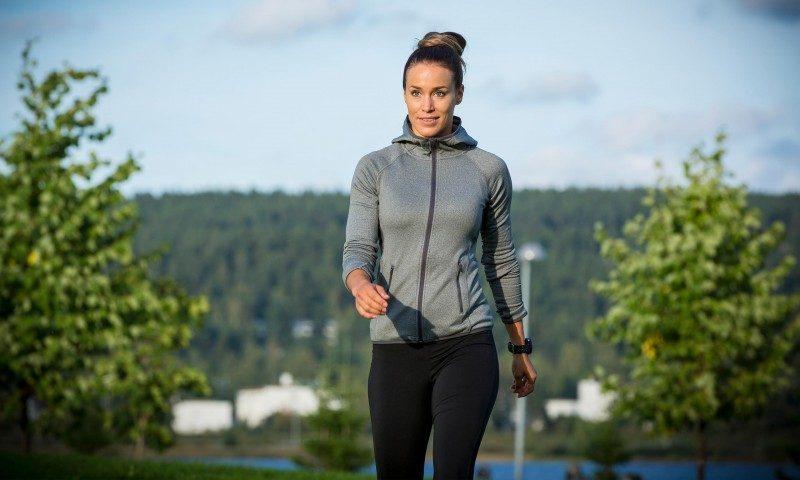
Applying Supercompensation in Life: How to Turn Stress into Resources?
Is it dangerous when your resources are decreasing? Resources decrease, if recovery is not sufficient in relation to stress.
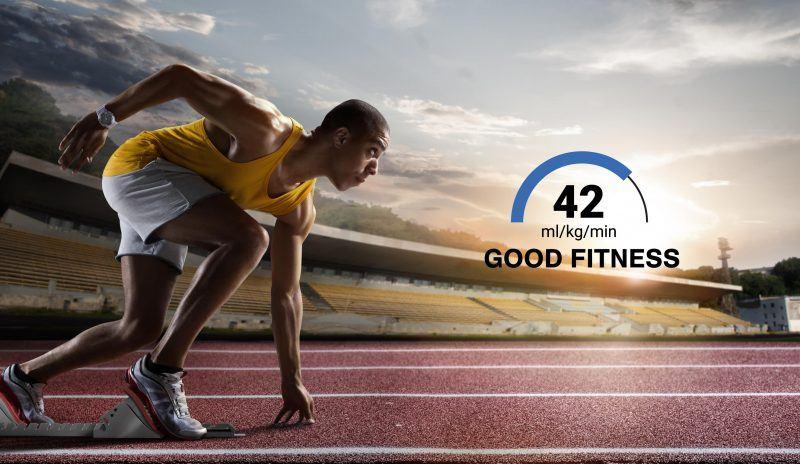
VO2max the Ultimate Resource for Conquering Your Health and Performance Goals
This technology is new to many, but the groundwork for this revolutionary step has been carefully developed and curated by Firstbeat for well over a decade.
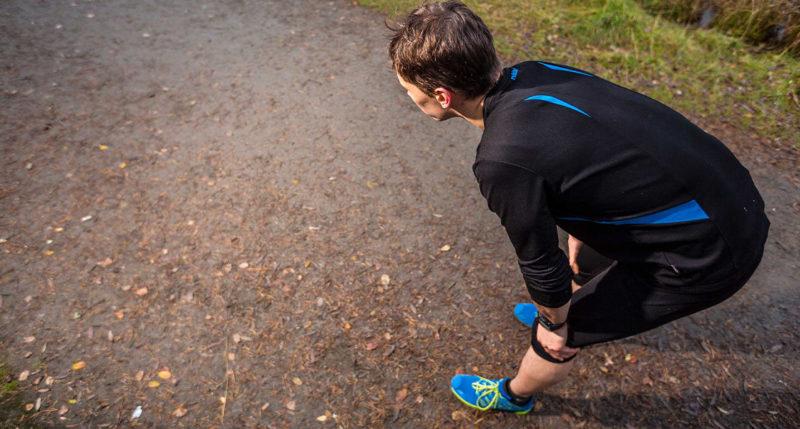
Smarter Endurance Training with Heart Rate Variability Guidance
The ability to predict how a particular individual will react to a training protocol in advance is a critical step in getting training prescriptions right.
